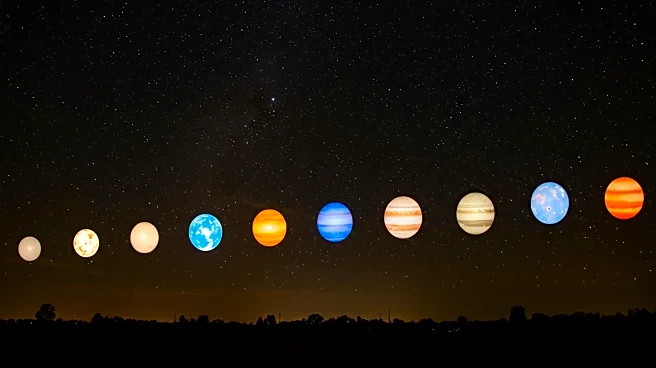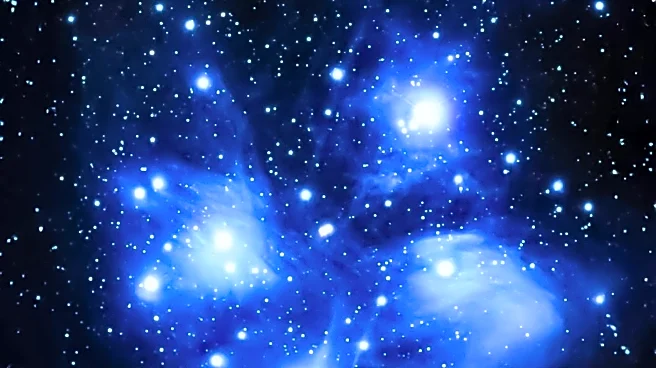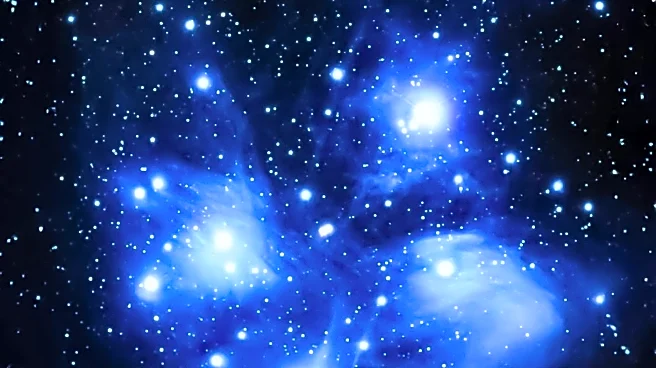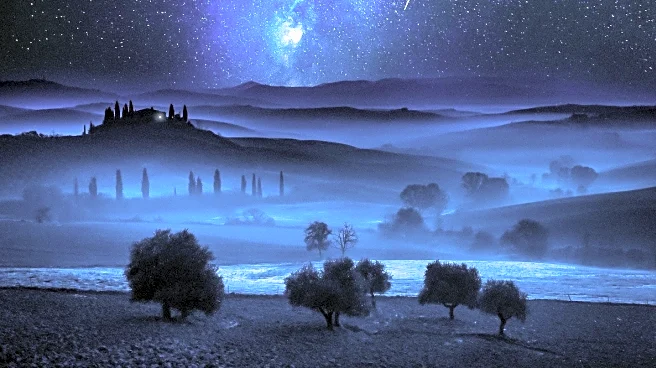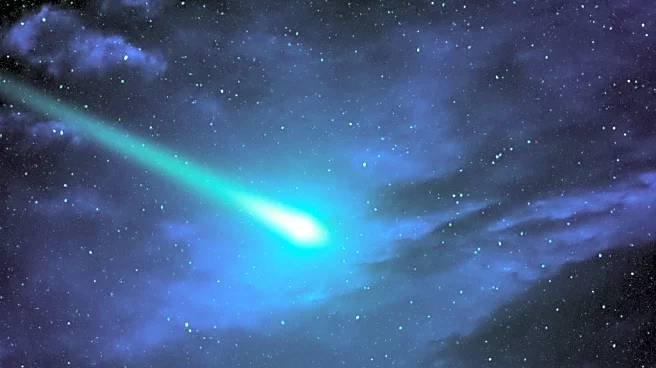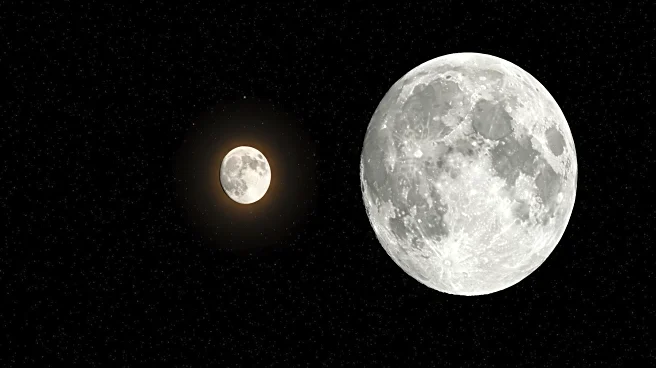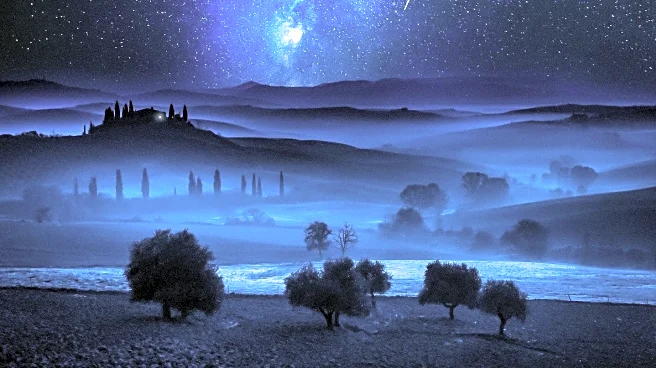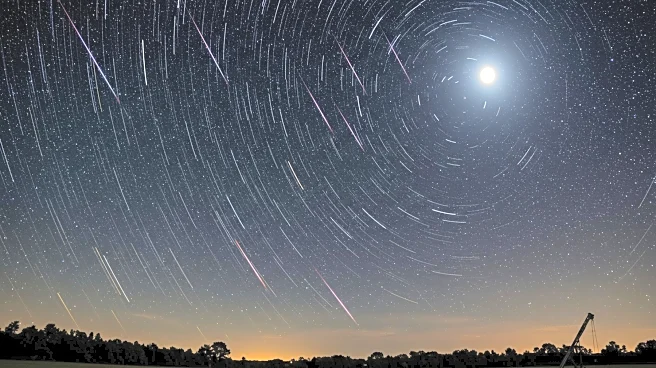Rapid Read • 8 min read
Stars in the night sky can appear in various colors such as red, blue, yellow, and orange, but never green. The color of a star is determined by its surface temperature, with blue stars being the hottest and red stars the coolest. The sun, a yellow star, appears white in reality but is perceived as yellow due to Earth's atmospheric effects. The twinkling effect of stars is also caused by atmospheric distortion. Despite the range of colors, stars do not appear green because they emit multiple wavelengths of light, which our eyes interpret as white rather than green. Human eyes have three types of cones sensitive to red, blue, and green light, but stars emitting mostly green light also emit significant amounts of red and blue, resulting in a white appearance.
AD
Understanding why stars do not appear green despite their varied colors is significant for both scientific and educational purposes. It highlights the complexities of human vision and the interaction between light and atmospheric conditions. This knowledge can enhance astronomical studies and public interest in stargazing, encouraging people to explore the night sky with a better understanding of what they observe. It also underscores the importance of reducing light pollution to improve visibility of celestial objects, which can benefit both amateur and professional astronomers.
For those interested in observing colorful stars, it is recommended to find locations with minimal light pollution and use telescopes or binoculars to enhance the viewing experience. The best time to observe these stars is during winter when the skies are clearer and stars are brighter. Stargazers can look for specific stars like Betelgeuse, Rigel, Capella, and Antares to see red, blue, yellow, and reddish-orange stars respectively. Continued public education on the science of star colors can foster greater appreciation and interest in astronomy.
The phenomenon of star colors and the absence of green stars can lead to deeper discussions about human perception and the limitations of our sensory systems. It also opens up conversations about the impact of atmospheric conditions on astronomical observations and the importance of technological advancements in enhancing our understanding of the universe. This topic can inspire further research into the physics of light and color, contributing to broader scientific knowledge.
AD
More Stories You Might Enjoy
